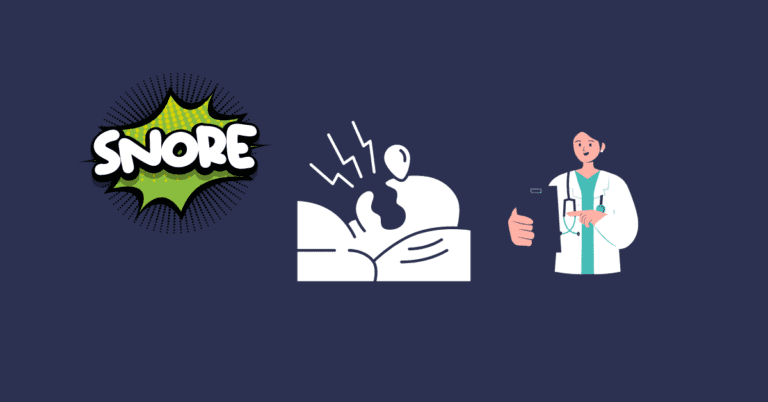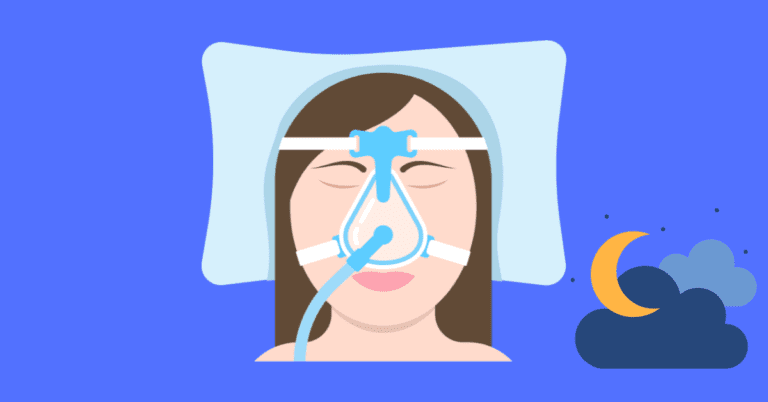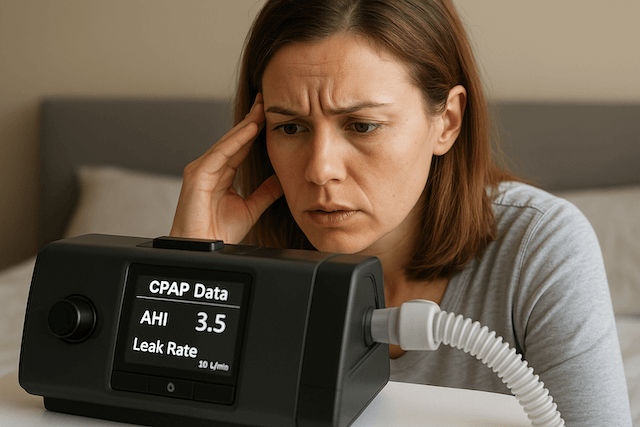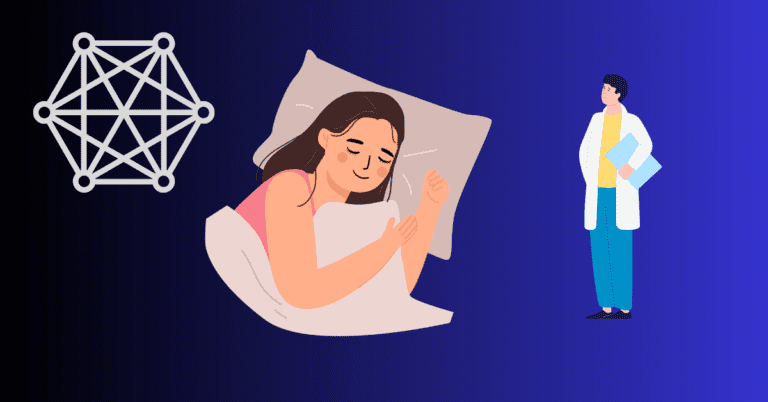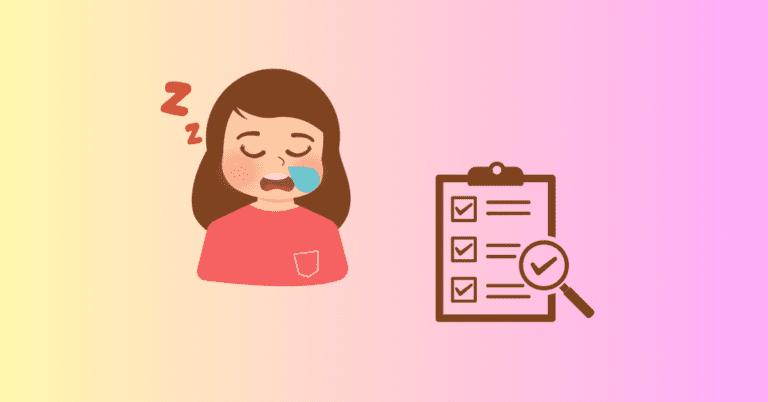Sleep Studies – Your Gateway Better Health
Jeremy Smith is a long-term CPAP user and sleep apnea advocate. After being diagnosed with severe obstructive sleep apnea, he created ByJeremySmith.com to help others navigate CPAP therapy through personal stories, gear reviews, and practical advice.
If you’ve been tossing and turning at night, feeling exhausted during the day, or suspecting something is wrong with your sleep, a sleep study could be your answer.
This comprehensive diagnostic test helps uncover what’s happening while you sleep, leading to more effective treatments and, ultimately, better health. I know this firsthand: I lived with severe sleep apnea for years before finally getting diagnosed through a sleep study.
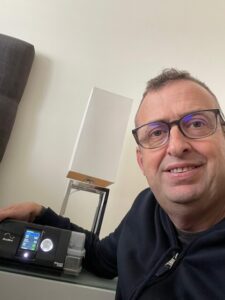
Since then, my CPAP machine has been a lifesaver—transforming my nights and my overall well-being. In this article, we’ll delve deep into sleep studies: how they work, what they reveal, and how they can help you regain your nights and days.
What Is a Sleep Study?
A sleep study, medically known as polysomnography, is a diagnostic tool that records various bodily functions during sleep to identify issues like sleep apnea, insomnia, narcolepsy, and periodic limb movement disorder. These tests are typically done in a sleep lab, although home sleep tests are also becoming more common.
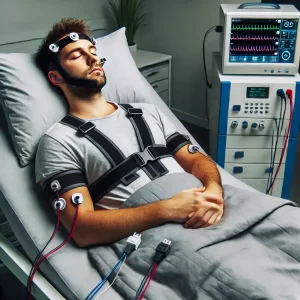
What makes polysomnography so valuable is its comprehensive scope. It simultaneously monitors:
- Brain activity (via electroencephalogram, or EEG)
- Eye movement (to track different stages of sleep, such as REM and non-REM sleep)
- Heart rate (via electrocardiogram, or ECG)
- Muscle activity (through electromyography)
- Oxygen saturation (to detect hypoxia, often caused by sleep apnea)
- Breathing patterns and airflow
For me, polysomnography was key in diagnosing my severe obstructive sleep apnea.
Before the test, I’d always wondered why I could sleep for hours yet feel as though I hadn’t slept at all. It wasn’t just snoring; it was much more serious, as I discovered.
How Does a Sleep Study Work?
A standard overnight sleep study requires spending the night in a sleep clinic. You’ll be asked to arrive a few hours before bedtime to get prepped.
Technicians will attach sensors to different parts of your body, including your scalp, face, chest, and legs. These sensors collect data on your brain waves, heart rate, oxygen levels, muscle movements, and breathing patterns while you sleep.
If you’re nervous about the idea of sleeping in a lab hooked up to wires—don’t be.
While it might feel strange at first, the environment is designed to make you as comfortable as possible.
For me, I chose to have a home sleep study, but I’m told the sleep technicians are incredibly reassuring, and explain every step of the process.
In addition to the overnight monitoring, in some cases, you may be asked to take part in a Multiple Sleep Latency Test (MSLT) the next day, which measures how quickly you fall asleep during daytime naps. This is especially useful for diagnosing conditions like narcolepsy.
What Does a Sleep Study Show?
Once the sleep study is completed, the collected data provides a detailed look into your sleep architecture and the potential causes of any disturbances.

Some of the key metrics analyzed include:
- Apnea-Hypopnea Index (AHI): This is one of the most important metrics in diagnosing sleep apnea. It measures the number of apneas (complete cessation of airflow) and hypopneas (partial reductions in airflow) you experience per hour of sleep. An AHI score over 30 is considered severe sleep apnea, and mine was far beyond that—no wonder I was always tired!
- Oxygen Desaturation Index (ODI): This measures how often your oxygen levels drop below normal during sleep. Consistently low oxygen levels can lead to long-term health issues such as high blood pressure and even heart disease. My oxygen levels dropped significantly during the night, which is one of the reasons I often woke up feeling as if I hadn’t slept at all.
- Sleep Stages Analysis: This examines the time spent in various sleep stages—light sleep, deep sleep, and REM sleep. Each stage plays a crucial role in physical and mental recovery. The fragmentation in my sleep stages was another indicator of my condition. I was constantly being pulled out of deeper, restorative sleep by the breathing interruptions, which explained why I felt drained all day long.
- Heart Rate and Rhythm: Sleep studies also track heart rate variability and can detect abnormal rhythms like arrhythmias. Sleep apnea can place extra stress on the heart, and in severe cases, this stress can contribute to conditions like atrial fibrillation.
The results from my study were eye-opening (no pun intended).
I had no idea just how often my breathing was disrupted during the night, but the AHI and oxygen desaturation numbers spoke for themselves.
Knowing this allowed me to take action—starting with CPAP therapy, which made all the difference.
Other Types of Sleep Studies
In addition to the overnight polysomnography, several other types of sleep studies may be recommended depending on your symptoms. Each type of study focuses on specific aspects of your sleep health:
- Home Sleep Apnea Test (HSAT): This is a simplified, portable version of polysomnography that you can do from the comfort of your home. It primarily monitors breathing patterns, oxygen saturation, and heart rate. While it’s convenient, it’s not as comprehensive as an in-lab study and may not catch more complex sleep disorders.
- Multiple Sleep Latency Test (MSLT): Often used to diagnose narcolepsy, this study measures how quickly you fall asleep during the day and whether you enter REM sleep rapidly.
- Maintenance of Wakefulness Test (MWT): This test evaluates your ability to stay awake during the day and is often used for people in professions that require vigilance, like truck drivers or pilots. If excessive daytime sleepiness is a concern, this test may be recommended.
While I had an at-home polysomnography, keep in mind that if your symptoms are more severe or complex, a full lab study might be necessary for a thorough diagnosis.
When to Consider a Sleep Study
Many people go years without realizing they have a sleep disorder. If you’ve been experiencing the following symptoms, it’s time to consider a sleep study:

- Loud snoring
- Waking up gasping or choking
- Unexplained daytime fatigue
- Difficulty staying asleep
- Headaches upon waking
- Trouble concentrating
In my case, it was my wife’s complaints about my loud snoring and gasping that prompted me to seek help. If it hadn’t been for their observations, I might never have realized just how severe my sleep apnea was.
Don’t ignore these symptoms. Untreated sleep disorders like sleep apnea can lead to serious health consequences, including heart disease, diabetes, stroke, and high blood pressure.
How Much Does a Sleep Study Cost?
The cost of a sleep study varies depending on whether it’s done in a lab or at home.
- In-lab sleep studies can range from $1,000 to $3,000 depending on the complexity of the study and your location.
- Home sleep apnea tests (HSAT) are generally less expensive, costing between $300 and $600.
The good news is that most insurance providers cover sleep studies, especially when a doctor deems it medically necessary.
For me, the cost of the study was mostly covered by insurance, which made the entire process far more accessible. Even if your insurance doesn’t cover the whole amount, the long-term benefits of better sleep and health are invaluable.
Life After a Sleep Study: The Road to Recovery
The results of my sleep study were life-changing.
After my diagnosis, my sleep specialist recommended CPAP therapy. A Continuous Positive Airway Pressure (CPAP) machine delivers a constant flow of air to keep my airways open while I sleep. At first, I was hesitant about sleeping with a mask, but the effects were miraculous once I adjusted.
The benefits were immediate: I woke up feeling refreshed, my daytime sleepiness disappeared, and even my concentration improved. Most importantly, my partner got a peaceful night’s sleep without my loud snoring and gasping disrupting the night.
Do you have any questions about sleep studies? Please leave them below.
Disclaimer: The content on this blog is for informational and educational purposes only and is not a substitute for professional medical advice. Always speak with your doctor or sleep specialist before starting, stopping, or changing any treatment or therapy related to sleep apnea or CPAP use.
